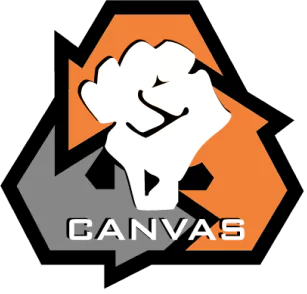Mar 1, 1956-1960
Bolivia
Anti-Siles Zuazo Strikes
Share
ACTIVISTS/ACT.GROUPS/DESCRIPTION OF THE GROUP
Central Workers Union, Associated Miners' Union, Bolivian Congress, Unified Revolutionary Directorate, Revolutionary Left Movement, Confederation of Peasant Workers of Bolivia, Bolivian Communist Party, Historical Revolutionary Nationalist Movement, Nationalist Democratic Action
TARGET
President Hernan Silez-Zuazo
WIDELY HELD BELIEF
Workers should be compensated in a way in which they can support themselves.
CASE NARRATIVE
Issue and Opponent: The opponent was President Hernan Siles Zuazo and the right-wing leaders of the Nationalist Revolutionary Movement Party (MNR). The core topic was economic insolubility and inflation within Bolivia resulting in a need for foreign aid, which had strict requirements that forced the government to cut expenditure by 40%, leading to a wage freeze, and rapid privatization of lucrative nationalized companies. The wage freeze and inflation created an inability for laborers to support themselves.
Dilemma Action: The commonly held assumption here is that workers deserve compensation that allows them to support themselves. As such, in response to the wage freeze, Bolivian Labor Federation (COB) ministers resigned in protest of the economic measures. The vice president, a COB member, also resigned, leaving only one Labor Federation member within the government. When the economic policies continued, a general strike was planned by the COB. The Zuazo government made striking illegal and used violent measures to break up demonstrations such as mass arrests and tear gas. Peasants were encouraged to join Zauzo, and eventually formed militias to face off against strikers. The strikes ended with Zuazo’s hunger strike, but the end was not permanent.
In the following years of 1957-59, 3,400 strikes occurred. These work stoppages forced an estimated 1,410 factories into bankruptcy. There was a strike of La Paz central bank employees that followed a series of 72-hour general strikes launched by the Bolivian Workers Center. Faced with the possibility of serious economic damage, the government chose to stop foreign debt payments and increase wages by 130%. Another general strike organized by Santa Cruz city councils and Chuquisaca continued for 16 days. The strike included government employees, bankers, miners, and oil refinery workers. The effects of the strike were so damaging that the government quadrupled the minimum wage. Methods include striking (general, protest, resignation, industry) and marches. The lose-lose of this dilemma is either to do nothing, and allow for the bankruptcy and work stoppages to continue, losing the government money and further galvanizing the movement, or increase wages and defy the IMF loan terms, leading the country further into poverty.
Outcomes: Zuazo responded very well to the non-violent protests, creating a division between the poor by encouraging peasants to form anti-striker militias. He also went on a hunger strike to stop the strikes. This drew many to his cause, as the media often covered his health, and people were moved by his non-violent means of protest. This hunger strike led to the miners ending their strike and the general strike being called off, thus, leading to the end of his hunger strike. This did not last long, and when the economy took another downturn, strikes began again, continuing from 1957-59. The most successful of the strikes was the Miner’s Federation, which went on strike and was rewarded with a 20% wage increase. The miners went back to work. The conflict ultimately ended in the election of Victor Paz Estnessoro, who was known as a labor representative and mediator of labor disputes. This action, including mass worker strikes and a responding hunger strike by Siles Zuazo, was repeated in 1985 when he regained power in Bolivia.
PRIMARY STRUGGLE/GOAL
NONVIOLENT TACTICS USED
DA TACTICS USED
Generalized strike
CASE NARRATIVE WRITER
SUCCESS METRICS
8 / 12
(CONC) Concessions were made
(EREP) Dilemma action got replicated by other movements
(MC) Media Coverage
(MSYMP) Media coverage was sympathetic to the activists
(PS) Dilemma action built sympathy with the public
(REFR) Dilemma action reframed the narrative of the opponent
(RF) Dilemma action reduced fear and/or apathy among the activists
(SA) Dilemma action appealed to a broad segment of the public
PART OF A LARGER CAMPAIGN
3 / 3
Activist group continued working together after the action
Encouraged more participants to join the movement
Internally replicated by the same movement
RESOURCES
Project documentation
Dilemma Actions Coding Guidebook
Case study documentation
Dilemma_Actions_Analysis_Dataset
SOURCES
O’Neill, Blaine. 2010. “Bolivian workers overthrow president, 1983-1985,” Global Nonviolent Action Database, December 10. Retrieved July. 20, 2023. (https://nvdatabase.swarthmore.edu/content/bolivian-workers-overthrow-president-1983-1985).
Sandor, John. 2009. “Bolivia, Protest and Repression, 1964-2000,” Wiley Online Library, April 20. Retrieved July 20, 2023. (https://onlinelibrary.wiley.com/doi/10.1002/9781405198073.wbierp0217).
Bultrago, Miguel A. 2010. “Civil Society, Social Protest, and Presidential Breakdowns in Bolivia,” ResearchGate. Retrieved July 20, 2023. (https://www.researchgate.net/publication/304595642_Civil_Society_Social_Protest_and_Presidential_Breakdowns_in_Bolivia).
https://login.ezproxy.library.tufts.edu/login?url=https://www-proquest-com.ezproxy.library.tufts.edu/historical-newspapers/bolivia-offers-wage-increase-bid-settle-strike/docview/138687942/se-2?accountid=14434. Accessed April 15, 2022.
Reuters. 1985. “Bolivians Mull General Strike,” The New York Times, September 4. Retrieved july 20, 2023. (https://www.nytimes.com/1985/09/04/world/bolivians-mull-general-strike.html).
Chavez, Lydia. 1985. “In Bolivia, Labor Peace Takes a Big Check,” The New York Times, March 24. Retrieved July 20, 2023. (https://www.nytimes.com/1985/03/24/weekinreview/in-bolivia-labor-peace-takes-a-big-check.html).
Cajias de la Vega, Magdalena. 2001. “El Movimiento Minero y la Democracia: El Derrumbe del Sindicalismo,” OpenEdition Books. Retrieved July 20, 2023. (https://books.openedition.org/ifea/7306?lang=en).
Diaz, Mariela Paula. 2013. “El Alto – La Paz (Bolivia): Las Transformaciones socio Territoriales del Neoliberalismo y la derrota del Movimiento Obrero,” Amerique Latine Histoire & Memoire. Retrieved July 20, 2023. (https://journals.openedition.org/alhim/4738?lang=en).
https://repositorio.flacsoandes.edu.ec/bitstream/10469/1010/11/TFLACSO-010991MLZ.pdf. Accessed April 15, 2022.
Related cases
Aug 24, 2012-2012
Russia
Many oil and gas companies have viewed the Far North as the next frontier for fossil fuel exploration. The state-owned oil company, Gazprom, intended to become the fir...
/
Jun 1, 1984-1984
Uruguay
Uruguay had been relatively politically stable in South America. However, the military coup in 1973 changed the narrative. The government of Uruguay began to use fear,...
/
Jul 1, 2019-2019
Algeria
Issue and Opposition: As the oldest inhabitants of North Africa, the Amazighs occupy a large swath of land covering five million square kilometers that stretches from ...
/
Subscribe to our newsletters to get full access to all materials on our website.

